
Table of Contents
In the ever-evolving world of nursing, staying abreast of the latest research is crucial for providing the highest quality care. A well-structured nursing literature review serves as a cornerstone for evidence-based practice, ensuring that clinical decisions are informed by the most up-to-date knowledge.
This comprehensive guide provides a roadmap for crafting a compelling nursing literature review, equipping you with the tools and strategies to navigate this essential aspect of scholarly writing.
How to Write an Impactful Nursing Literature Review
1. Defining the Scope: The Foundation of a Focused Review
Before embarking on the journey of a nursing literature review, a clear and concise scope is paramount. This involves identifying the specific topic and research question that will guide the entire process. A well-defined scope ensures that the review remains focused, relevant, and manageable.
- Start with a clear research question: What knowledge gaps or unresolved issues do you aim to address? For instance, “What are the most effective interventions for managing chronic pain in hospitalized patients?”
- Establish clear inclusion and exclusion criteria: This involves outlining the types of studies, populations, and interventions that will be included in the nursing literature review. For example, you might choose to focus on randomized controlled trials (RCTs) conducted with adult patients experiencing chronic pain.
- Define the timeframe: Specify the years of publication that will be included in your nursing literature review. This ensures consistency and helps to exclude outdated information.
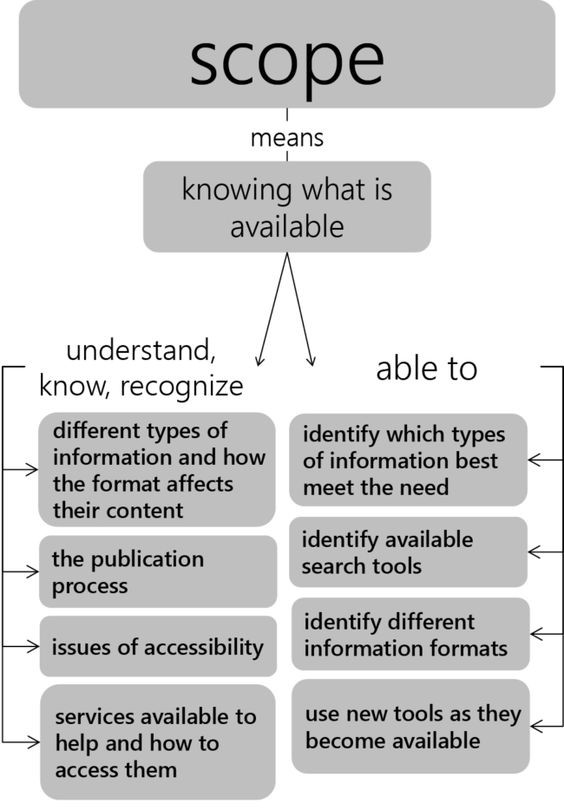
2. Searching for Evidence: A Treasure Hunt in the World of Research
With the scope defined, the next step involves embarking on a thorough search for relevant literature. This is where the art of database searching comes into play, utilizing a combination of keywords, Boolean operators, and subject headings to locate the most pertinent studies.
- Explore diverse databases: Familiarize yourself with the major databases used in nursing research, such as CINAHL, PubMed, Nursing Papers, and Cochrane Library. Each database offers unique strengths and search features.
- Refine your search strategy: Experiment with different combinations of keywords and Boolean operators (AND, OR, NOT) to narrow down your search results.
- Leverage subject headings: Familiarize yourself with the controlled vocabulary used in nursing databases, such as MeSH (Medical Subject Headings) in PubMed. These subject headings help to ensure consistency in your search results.
3. Evaluating the Evidence: Discerning Quality and Relevance
Once you have gathered a substantial pool of potential sources, the next crucial step involves critically evaluating the quality and relevance of each study. This involves applying a systematic approach to assess the rigor of the research methods and the applicability of the findings to your research question.
- Employ critical appraisal tools: Various tools exist to assist in evaluating the quality of different study designs. For example, the Critical Appraisal Skills Programme (CASP) provides checklists specific to different study types.
- Assess study design and methodology: Consider factors such as randomization, blinding, sample size, and statistical analysis.
- Evaluate the relevance of findings: Determine whether the results align with your research question and are applicable to your target population.
- Identify limitations and biases: Recognize potential limitations of the studies, such as small sample sizes or potential biases, and consider how these limitations may impact the findings.
4. Synthesizing the Evidence: Weaving a Coherent Narrative
After critically appraising the chosen studies, the next step involves organizing and synthesizing the findings into a cohesive and informative narrative. This stage involves drawing connections between the different studies, identifying trends, and presenting a clear picture of the current state of knowledge on the topic.
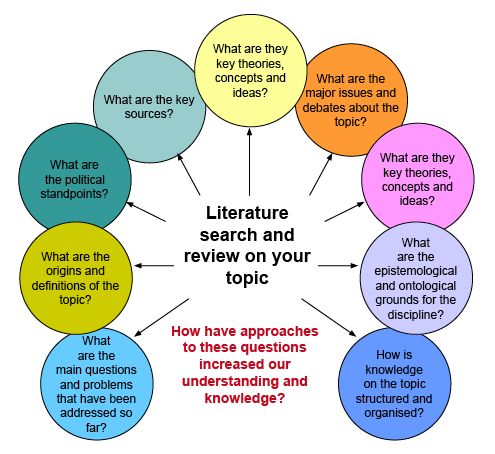
- Group studies according to themes: Organize the studies based on common research questions, interventions, or outcomes.
- Identify key findings and discrepancies: Highlight the major findings of each study and note any inconsistencies or conflicting results.
- Discuss implications for practice: Interpret the findings in relation to current nursing practice and consider how the evidence might inform clinical decision-making.
- Offer a critical analysis: Present a balanced overview of the strengths and limitations of the existing evidence and identify areas where further research is needed.
5. Writing the Review: Structuring and Presenting the Evidence
The final stage involves crafting a well-structured and engaging nursing literature review. The writing style should be clear, concise, and objective, presenting the findings of the selected studies in a logical and compelling manner.
- Follow a consistent structure: Adopt a standard structure for your nursing literature review, typically including an introduction, body paragraphs, and a conclusion.
- Use clear and concise language: Avoid jargon and technical terms that may be unfamiliar to your target audience.
- Provide adequate citations and references: Use a consistent citation style, such as APA or MLA, to ensure accuracy and avoid plagiarism.
- Maintain a balanced perspective: Present the evidence fairly and objectively, acknowledging both strengths and limitations of the research.
6. Enhancing the Impact: Strategies for a Compelling Review
To ensure your nursing literature review resonates with its audience, consider incorporating these strategies to elevate its impact and enhance its readability.
- Use clear headings and subheadings: Structure your review to enhance readability and guide the reader through the main points.
- Include tables and figures: Visual aids can effectively summarize key findings and present complex data in a more accessible format.
- Integrate relevant quotes and examples: Using direct quotes or examples from the studies can help to illustrate key concepts and bring the research to life.
- Consider a future directions section: Conclude your review with a discussion of potential avenues for future research, highlighting areas where further exploration is needed.
Examples of Different Types of Nursing Literature Reviews
1. Systematic Review:
- Objective: To synthesize all available evidence on a specific topic, using a systematic and rigorous approach to minimize bias.
- Methodology: Involves conducting a comprehensive search, using specific inclusion and exclusion criteria, and applying critical appraisal tools to evaluate the quality of each study.
- Example: A systematic review of the effectiveness of different interventions for preventing falls in older adults.
2. Narrative Review:
- Objective: To provide a broad overview of a topic, drawing on a selected range of studies to present a comprehensive picture.
- Methodology: Less structured than a systematic review, often relying on the author’s expert judgment and experience to select and synthesize the evidence.
- Example: A narrative review of the latest advances in wound care management.
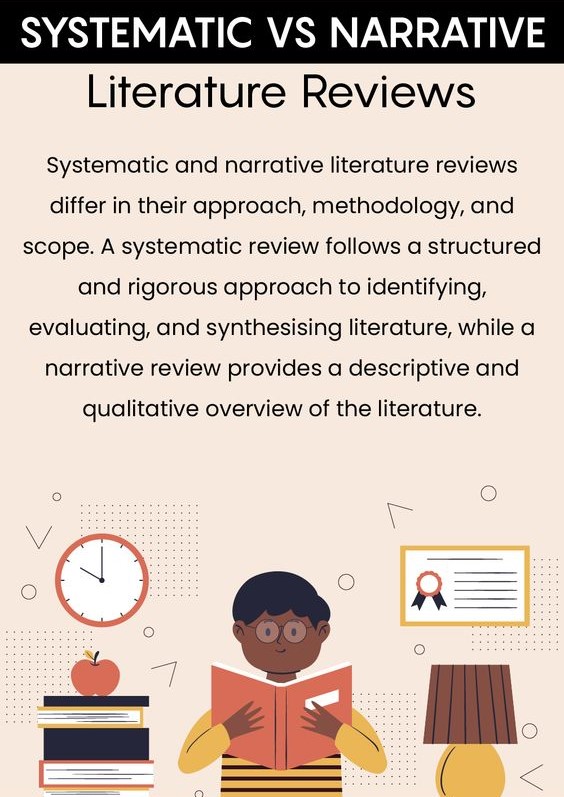
3. Integrative Review:
- Objective: To synthesize and integrate findings from a range of qualitative and quantitative studies on a particular topic.
- Methodology: Combines elements of systematic and narrative reviews, drawing on both quantitative and qualitative evidence to provide a holistic understanding of the issue.
- Example: An integrative review of the impact of social support on the well-being of patients with chronic illness.
4. Scoping Review:
- Objective: To identify the breadth and depth of existing research on a topic, often to inform future research directions.
- Methodology: Focuses on identifying relevant studies, mapping the existing literature, and exploring gaps in knowledge.
- Example: A scoping review of the use of technology in nursing education.
Tips for Writing a Strong Literature Review
- Start early: Allocate ample time for each stage of the review process, from defining the scope to writing the final draft.
- Collaborate with colleagues: Seeking feedback from peers or mentors can help to identify weaknesses and improve the clarity of your writing.
- Maintain a consistent writing style: Ensure that the language and tone are consistent throughout the review, using clear and concise language.
- Proofread carefully: Thoroughly check your review for grammatical errors, typos, and factual inconsistencies.
- Seek feedback from an expert: Have a qualified colleague or professor review your work for accuracy and clarity.
Common Mistakes to Avoid in the Literature Review
While a well-structured nursing literature review can be a powerful tool for advancing evidence-based practice, certain common mistakes can detract from its value and impact. Recognizing and avoiding these pitfalls is crucial for crafting a compelling and credible nursing literature review.
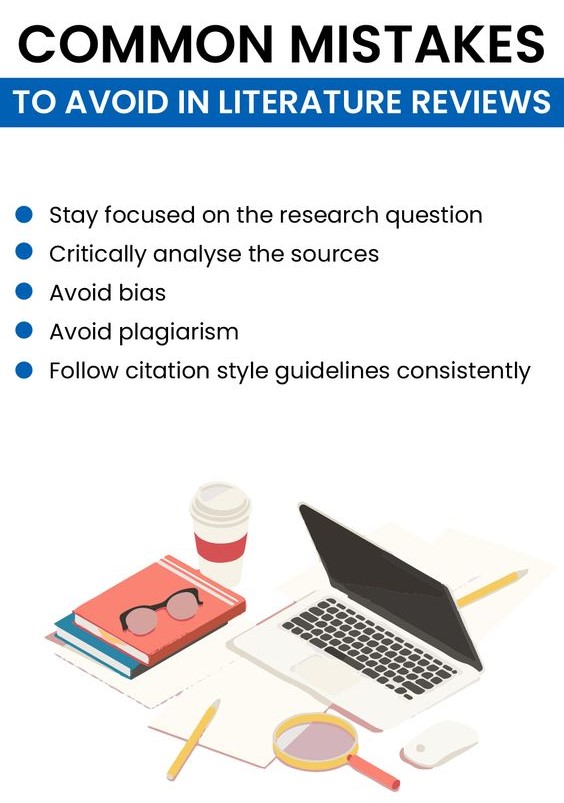
1. Lack of Clear Scope and Focus:
- Problem: A poorly defined scope or a research question that is too broad leads to a review that is unfocused, overwhelming, and difficult to manage.
- Solution: Start with a specific research question and clearly define the inclusion and exclusion criteria.
2. Inadequate Literature Search:
- Problem: Failing to utilize appropriate databases, relying on limited keywords, or overlooking relevant sources can result in a review that is incomplete and lacks the necessary breadth.
- Solution: Explore diverse databases, refine search strategies using Boolean operators and subject headings, and consider using specialized search engines for specific types of studies.
3. Insufficient Critical Appraisal:
- Problem: Neglecting to critically evaluate the quality of the included studies weakens the review’s credibility and may lead to unreliable conclusions.
- Solution: Employ critical appraisal tools, assess study design and methodology, evaluate the relevance of findings, and acknowledge limitations and biases.
4. Unorganized Synthesis of Evidence:
- Problem: A haphazard presentation of findings, without clear connections or themes, makes it challenging for readers to grasp the overall picture.
- Solution: Group studies according to common themes, identify key findings and discrepancies, and discuss implications for practice.
5. Lack of Critical Analysis:
- Problem: Simply summarizing findings without providing a critical analysis or offering a balanced perspective limits the review’s value and impact.
- Solution: Present a balanced overview of strengths and limitations, identify gaps in the literature, and suggest future research directions.
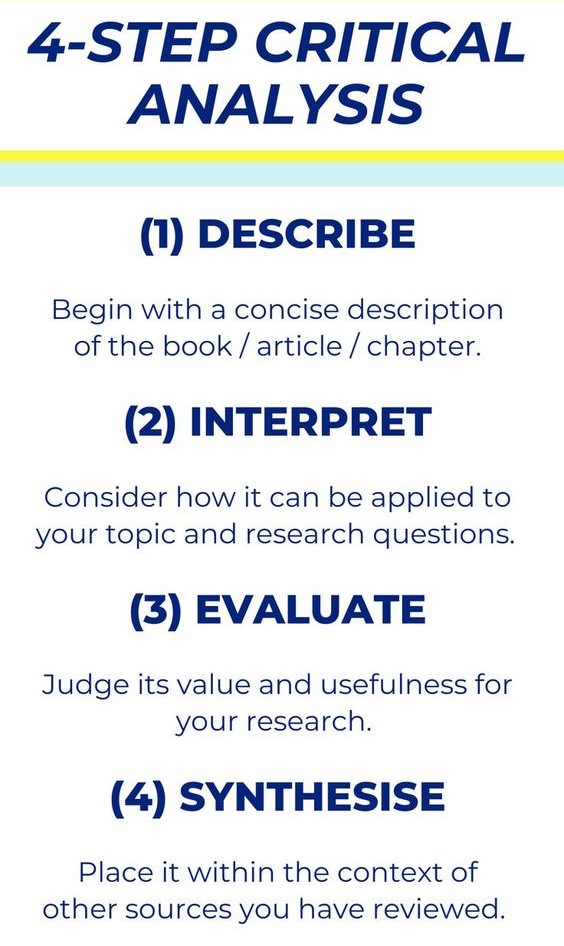
6. Inappropriate Language and Tone:
- Problem: Using jargon, overly technical language, or a biased tone can alienate readers and undermine the credibility of the review.
- Solution: Adopt a clear, concise, and objective writing style, avoiding jargon and complex language.
7. Poor Citation and Referencing:
- Problem: Inconsistent or inaccurate citations and references detract from the review’s professionalism and raise concerns about plagiarism.
- Solution: Use a consistent citation style, double-check the accuracy of all references, and avoid plagiarism by properly attributing all sources.
8. Ignoring Ethical Considerations:
- Problem: Failing to address ethical considerations, such as informed consent and data privacy, weakens the review’s overall integrity.
- Solution: Ensure that all studies included in the review adhere to ethical guidelines and address any potential ethical concerns in the discussion.
9. Insufficient Engagement with the Literature:
- Problem: Simply listing findings without engaging with the existing literature or offering insights based on the synthesis of evidence diminishes the review’s value.
- Solution: Draw connections between studies, identify trends and patterns, and provide a comprehensive and insightful analysis of the existing research.
10. Overlooking Visual Aids:
- Problem: Failing to utilize tables, figures, or other visual aids to present complex data or summarize key findings can make the review less engaging and harder to comprehend.
- Solution: Use appropriate visual aids strategically to enhance readability and convey information more effectively.
11. Lack of a Clear Conclusion:
- Problem: A weak or inconclusive conclusion leaves the reader with unanswered questions and fails to provide a clear takeaway message.
- Solution: Summarize the key findings, discuss implications for practice, and offer recommendations for future research directions.
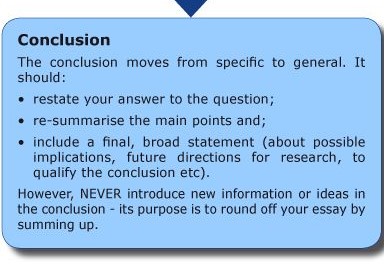
12. Neglecting to Proofread and Edit:
- Problem: Typographical errors, grammatical mistakes, and inconsistencies in writing style detract from the review’s professionalism and credibility.
- Solution: Proofread carefully and consider seeking feedback from a colleague or mentor to ensure accuracy and clarity.
Writing a compelling nursing literature review is a valuable skill that enables nurses to stay informed about the latest research and contribute to the advancement of the field. By following the guidelines outlined in this guide, you can craft a comprehensive and informative review that effectively synthesizes the evidence and supports evidence-based practice. Remember, a well-structured nursing literature review serves as a bridge between research and practice, empowering nurses to provide the highest quality care for their patients.
The Best Nursing Literature Review Writing Service
Crafting an outstanding nursing literature review can be a painstaking experience, without proper assistance. At PhD Nurse Writer, we offer the best nursing literature review writing service to give your essay a professional touch. We offer professional essay writing help in numerous nursing disciplines and specialties.





